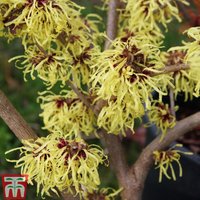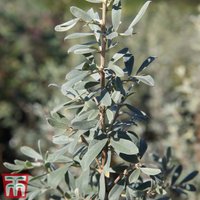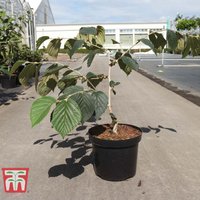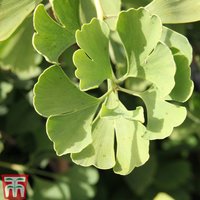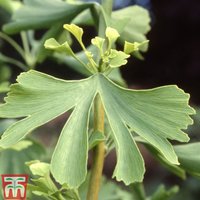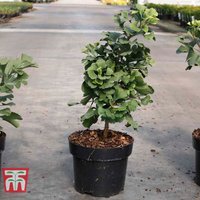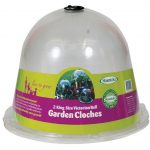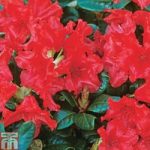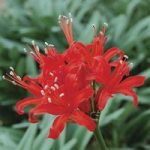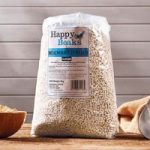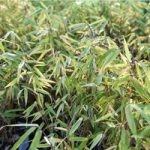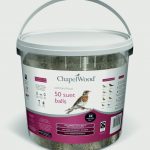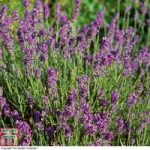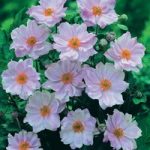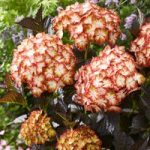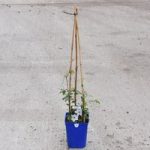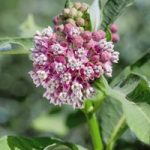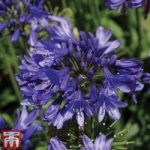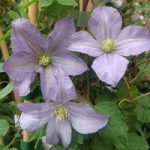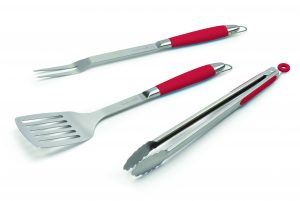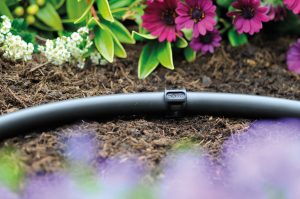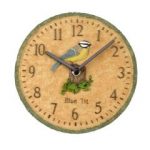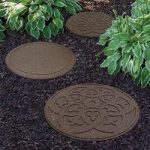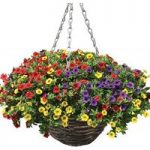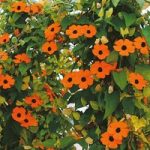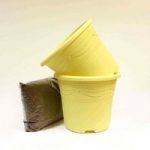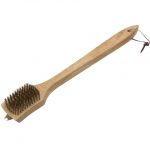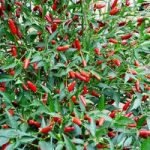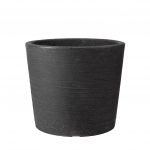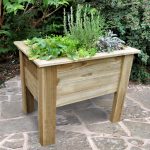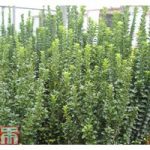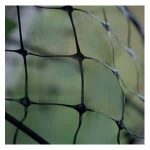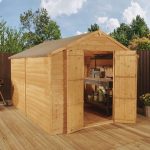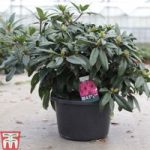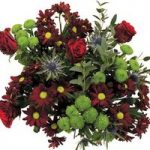Category Archives: Plants & Seeds
Hamamelis x intermedia ‘Jelena’
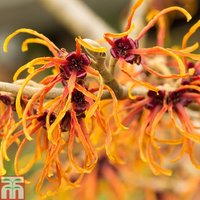 Hamamelis x intermedia ‘Jelena’ is an eye-catching, well branched Witch Hazel. The spreading stems are cloaked in unremarkable green foliage in summer, blending gently into the background while other plants take centre stage. With the onset of autumn, this hardy shrub steps into the spotlight, its leaves turning to bright red and yellow.
Hamamelis x intermedia ‘Jelena’ is an eye-catching, well branched Witch Hazel. The spreading stems are cloaked in unremarkable green foliage in summer, blending gently into the background while other plants take centre stage. With the onset of autumn, this hardy shrub steps into the spotlight, its leaves turning to bright red and yellow.
Hamamelis x intermedia ‘Pallida’
Halimodendron halodendron
Hamamelis × intermedia ‘Böhlje’s Feuerzauber’
Hamamelis x intermedia ‘Arnold Promise’
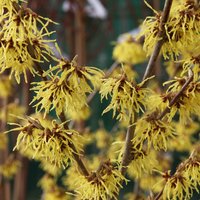 Fragrant bright yellow flowers. Could you imagine a shrub that flowered it’s heart out, even when it’s chilly and frosty? The witch-hazel is a much-loved garden plant, with fragrant, spidery, bright yellow flowers that cover the bare branches in the depths of winter, a nice January treat for the garden! In autumn, the bright green
Fragrant bright yellow flowers. Could you imagine a shrub that flowered it’s heart out, even when it’s chilly and frosty? The witch-hazel is a much-loved garden plant, with fragrant, spidery, bright yellow flowers that cover the bare branches in the depths of winter, a nice January treat for the garden! In autumn, the bright green
Hamamelis x intermedia ‘Orange Beauty’
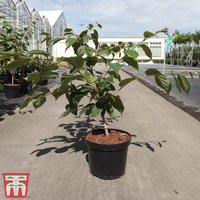 Witch Hazels are a gardener favourite for their autumn leaf colours and their winter resistant fragrant, spider like flowers on the bare branches during the coldest winter period. Hamamelis x intermedia ?Orange Beauty? produces stunning yellow and orange autumn leaves before falling, followed by deep orange-yellow flowers on the bare branches.
Witch Hazels are a gardener favourite for their autumn leaf colours and their winter resistant fragrant, spider like flowers on the bare branches during the coldest winter period. Hamamelis x intermedia ?Orange Beauty? produces stunning yellow and orange autumn leaves before falling, followed by deep orange-yellow flowers on the bare branches.
Hamamelis x intermedia ‘Ruby Glow’
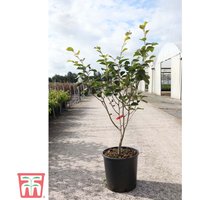 Hamamelis are popularly grown for their autumn colour and frost resistant fragrant spider like flowers during the cold winter months. This vase-shaped, slow growing shrub has ascending branches and broadly oval, green leaves. The foliage turns a spectacular display of yellow and orange in autumn before falling.
Hamamelis are popularly grown for their autumn colour and frost resistant fragrant spider like flowers during the cold winter months. This vase-shaped, slow growing shrub has ascending branches and broadly oval, green leaves. The foliage turns a spectacular display of yellow and orange in autumn before falling.
Euonymus alatus ‘Compactus’
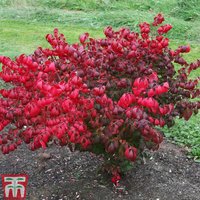 A dwarf Spindle with a neat, compact habit ? perfect for small gardens, hedges and confined spaces! The branches have the same conspicuous, corky wings as its larger cousins, which make a lovely feature in winter when the leaves have been shed. Euonymus alatus ‘Compactus’ is second to none for autumn colour.
A dwarf Spindle with a neat, compact habit ? perfect for small gardens, hedges and confined spaces! The branches have the same conspicuous, corky wings as its larger cousins, which make a lovely feature in winter when the leaves have been shed. Euonymus alatus ‘Compactus’ is second to none for autumn colour.
Ginkgo biloba ‘Fastigiata Blagon’
Ginkgo biloba
Elaeagnus x submacrophylla ‘Gilt Edge’
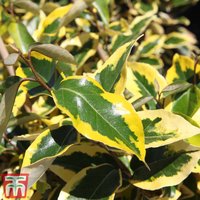 Suitable as a hedging plant as it is evergreen, fully hardy, has a dense structure, tolerates virtually all soils and can be trimmed to any height and width to 4m (12?) to keep its shape. Elaeagnus dislike very shallow chalky soils and can show chlorosis. Performs best in full sun but will grow in dappled
Suitable as a hedging plant as it is evergreen, fully hardy, has a dense structure, tolerates virtually all soils and can be trimmed to any height and width to 4m (12?) to keep its shape. Elaeagnus dislike very shallow chalky soils and can show chlorosis. Performs best in full sun but will grow in dappled
Scabious ‘Beaujolais Bonnets’
Ginkgo biloba ‘Mariken’
Fatsia japonica
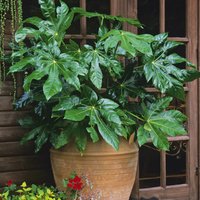 Bring a tropical feel to your garden! With its large glossy leaves and strong architectural form, Fatsia japonica really makes a statement in the border, and looks magnificent alongside other exotic, showy plants. What’s more, it is evergreen, fast growing, easy, low maintenance and will thrive in sun or shade. In the summer it has
Bring a tropical feel to your garden! With its large glossy leaves and strong architectural form, Fatsia japonica really makes a statement in the border, and looks magnificent alongside other exotic, showy plants. What’s more, it is evergreen, fast growing, easy, low maintenance and will thrive in sun or shade. In the summer it has
Fig ‘Brown Turkey’
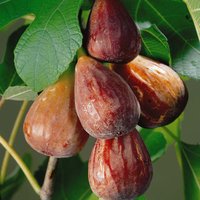 Our Fig ‘Brown Turkey’ standard trees are supplied with a small head of branches above a straight single stem to create an attractive standard tree that is ideally suited to growing in patio containers. Specially selected for the UK climate, Fig ‘Brown Turkey’ is fully hardy and can be grown very successfully outdoors. This popular
Our Fig ‘Brown Turkey’ standard trees are supplied with a small head of branches above a straight single stem to create an attractive standard tree that is ideally suited to growing in patio containers. Specially selected for the UK climate, Fig ‘Brown Turkey’ is fully hardy and can be grown very successfully outdoors. This popular
Daphne x transatlantica ‘Pink Fragrance’
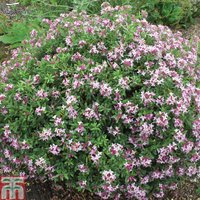 Non-stop blooms from April to October make Daphne x transatlantica ‘Pink Fragrance’ unbeatable for flowers and fragrance. This unusual semi-evergreen Daphne flowers on new growth, so they just keep coming! With a compact, slow growth habit its dusky pink blooms perfume the air with an intensely sweet fragrance. This elegant shrub is perfect for planting
Non-stop blooms from April to October make Daphne x transatlantica ‘Pink Fragrance’ unbeatable for flowers and fragrance. This unusual semi-evergreen Daphne flowers on new growth, so they just keep coming! With a compact, slow growth habit its dusky pink blooms perfume the air with an intensely sweet fragrance. This elegant shrub is perfect for planting
Cortaderia selloana ‘Gold Minipampas’
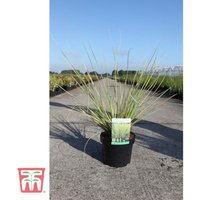 Fully hardy evergreen perennial. Compact in habit so could be grown in a large patio container in full sun, or as garden plant in well drained, fertile soil in full sun. A tussock of stiff, flat, narrowly linear yellow -green leaves . White flowers are produced from August to October. Protect crowns of young plants
Fully hardy evergreen perennial. Compact in habit so could be grown in a large patio container in full sun, or as garden plant in well drained, fertile soil in full sun. A tussock of stiff, flat, narrowly linear yellow -green leaves . White flowers are produced from August to October. Protect crowns of young plants
Cortaderia selloana ‘Minipampas’
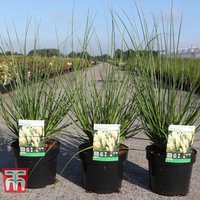 Fully hardy evergreen perennial. Compact in habit so could be grown in a large patio container in full sun, or as garden plant in well drained, fertile soil in full sun. A tussock of stiff, flat, narrowly linear yellow -green leaves . White flowers are produced from August to October. Protect crowns of young plants
Fully hardy evergreen perennial. Compact in habit so could be grown in a large patio container in full sun, or as garden plant in well drained, fertile soil in full sun. A tussock of stiff, flat, narrowly linear yellow -green leaves . White flowers are produced from August to October. Protect crowns of young plants
Corylus avellana ‘Twister’
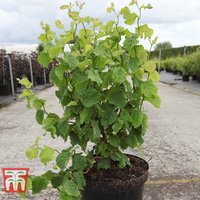 Hardy deciduous shrub grown for its attractive twisted stems (hence its name) forming yellow male catkins February – March. Heart shaped, toothed, mid green leaves are up to 10cm (4) long. Slow growing, of more compact, bushy habit than most Corylus avellana varieties and could be grown in a large patio container in sun or
Hardy deciduous shrub grown for its attractive twisted stems (hence its name) forming yellow male catkins February – March. Heart shaped, toothed, mid green leaves are up to 10cm (4) long. Slow growing, of more compact, bushy habit than most Corylus avellana varieties and could be grown in a large patio container in sun or
Corylus avellana ‘Webb’s Prize Cob’
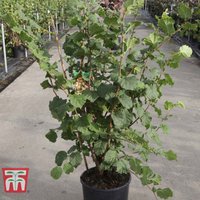 A native hardy deciduous tree particularly on chalky soils but will grow in any fertile, well drained soil in sun or partial shade. Although partially self -fertile it is advised to grow another hazelnut variety nearby if a harvest of nuts is required in the autumn. The sight of golden yellow catkins is a harbinger
A native hardy deciduous tree particularly on chalky soils but will grow in any fertile, well drained soil in sun or partial shade. Although partially self -fertile it is advised to grow another hazelnut variety nearby if a harvest of nuts is required in the autumn. The sight of golden yellow catkins is a harbinger







